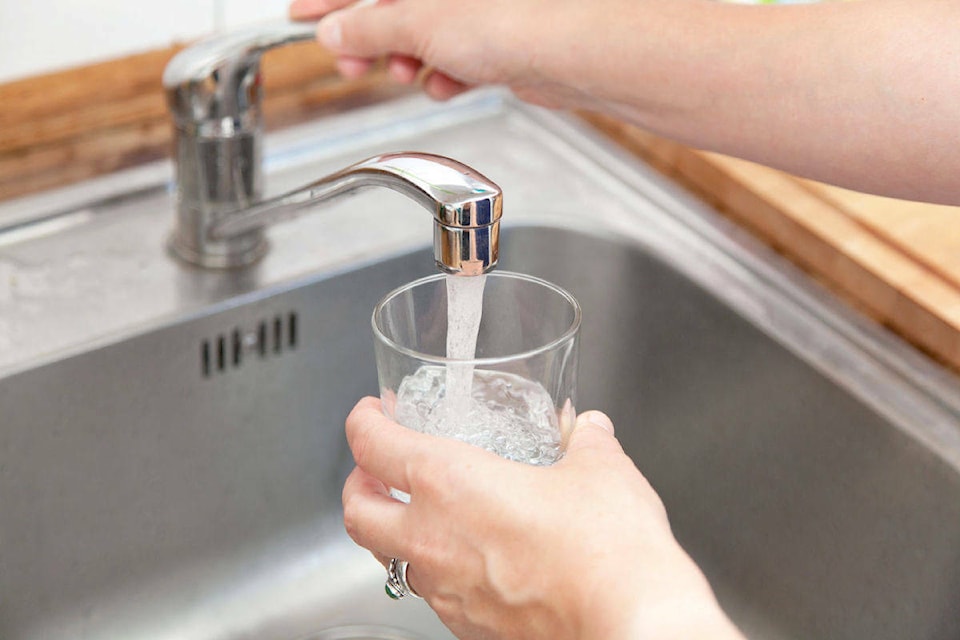Officials with the GNWT say they have no idea how long lead has been present in water at N.J. Macpherson, Ecole William McDonald Middle School and Range Lake North School.
Department of Education, Culture and Employment manager of capital planning Michael Auge acknowledged the information gap during an Aug. 26 press conference.
"As this is the first time that we have done the testing for lead in the water, we don't have an estimate of how long it has been sitting there," he said. "We don't have any indication that there was any testing done in the past for lead in the water in any of the schools."
NWT chief public health officer Dr. Kami Kandola said the test results don't indicate that staff and students should be tested for lead poisoning, even though 26 individuals at William McDonald School already provided blood samples for testing as a precautionary measure. The results from those tests showed no cause for concern.
Kandola noted that the GNWT was purposely looking for lead in the water in May. She also pointed out that the guidelines for safe lead numbers were changed by the federal government in 2019.
"What we know is that 22 sources of water that are used for drinking were tested that included sinks, fountains and fill stations," Kandola said of the Yellowknife testing. "The system was deliberately stressed so that we can see if there was any lead in the in the school, we would be able to find it.
"I would basically think that the overall impact of health, in terms of, if you did a blood lead level, you're not going to pick up high levels or exceedances. However, I do know that parents can be quite concerned, and we all know that for children, and typically those under six, they're particularly vulnerable, and so we always say, if you have concerns and anxiety about this, you're welcome to get a blood lead level tested. The way you can do it is go onto the NTHSSA [NWT Health and Social Services] website, and it's a callback request form specifically for Yellowknife, specifically because of the public health order."
Auge said he is finalizing a territory-wide sampling program to determine what lead levels, if any, may be present in water pipes in other community schools.
Department of Infrastructure director of facilities and properties Robin Ferguson said the most likely source of lead was the fixtures, which are old enough that they contained lead as part of the manufacturing process.
"This is just a symptom of the state of the age of the faucet," he said, adding that all fixtures, including sinks and faucets, that had elevated levels will be replaced. Lead pipes were banned in 1975 and lead fixtures were banned in 1986. A further reduction of allowable lead in solder was enforced in 2012. But Ferguson cautioned there could be buildings with fixtures built after those bans based on old stock still in circulation at the time of construction.
"I'm sure there are some fixtures out there that were installed prior to some of these demands, so there may be some issues, but it's very difficult to say what the possibility is of broader lead contamination throughout the territory," he said, adding that Municipal and Community Affairs routinely tests community water for lead and those tests haven't indicated concerns.
Kandola also advised residents who live in older homes to flush their lines daily if they are concerned about lead content and to not cook with hot water as it can leech lead.
"But that is on the resident to do the testing, not on the government, similar to radon," she said.



